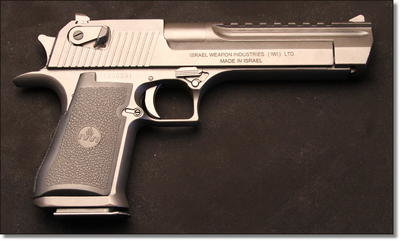If you love to shoot it can get expensive. Factory ammo is not at its peak that it was during 2009 into 2010, but even cheap 9mm is still upwards of 30 cents per round. If you reload, you save the cost of the brass, and the savings are huge over factory loads, but you still have to buy the bullets. And while bullets have improved drastically over the last ten years in consistency and quality control, with these improvements have come higher prices. Spot metals on the commodity market have spiked as well, sending prices even higher. Bullets aren’t cheap anymore. You may pay almost as much for the box of bullets as you used to pay for the box of loaded ammo.
I started bullet casting about 15 years ago, and initially I treated it like some sort of black art, that only the gurus could get right. Back then you could get lead for next to nothing. Pipes were still being torn out of old houses that were made of lead, and every junkyard and tire shop had a good supply of used wheel weights, the kind with the steel clip. I tried my best to make perfect bullets with no lines in them, that all weighed the same, and I had some moderate success. But I can’t say I ever mastered that, and if I ever get back into being able to shoot BPCR (black powder cartridge rifle), maybe I’ll try again.
Recently it occurred to me that I don’t hear as much about bullet casting as I should these days. Did everyone forget about it? Jacketed bullets are too darned expensive to shoot all the time, but I like to shoot all the time, and I’m not alone. Once you start asking around, stopping in at tire places and developing a hawk eye for lead at the junkyard and flea market, you can usually get lead for free or extremely cheap. Once you buy the tools, you have them for life and they last. If you learn the basic skills of bullet casting, it could amount to a lifetime of free bullets.
